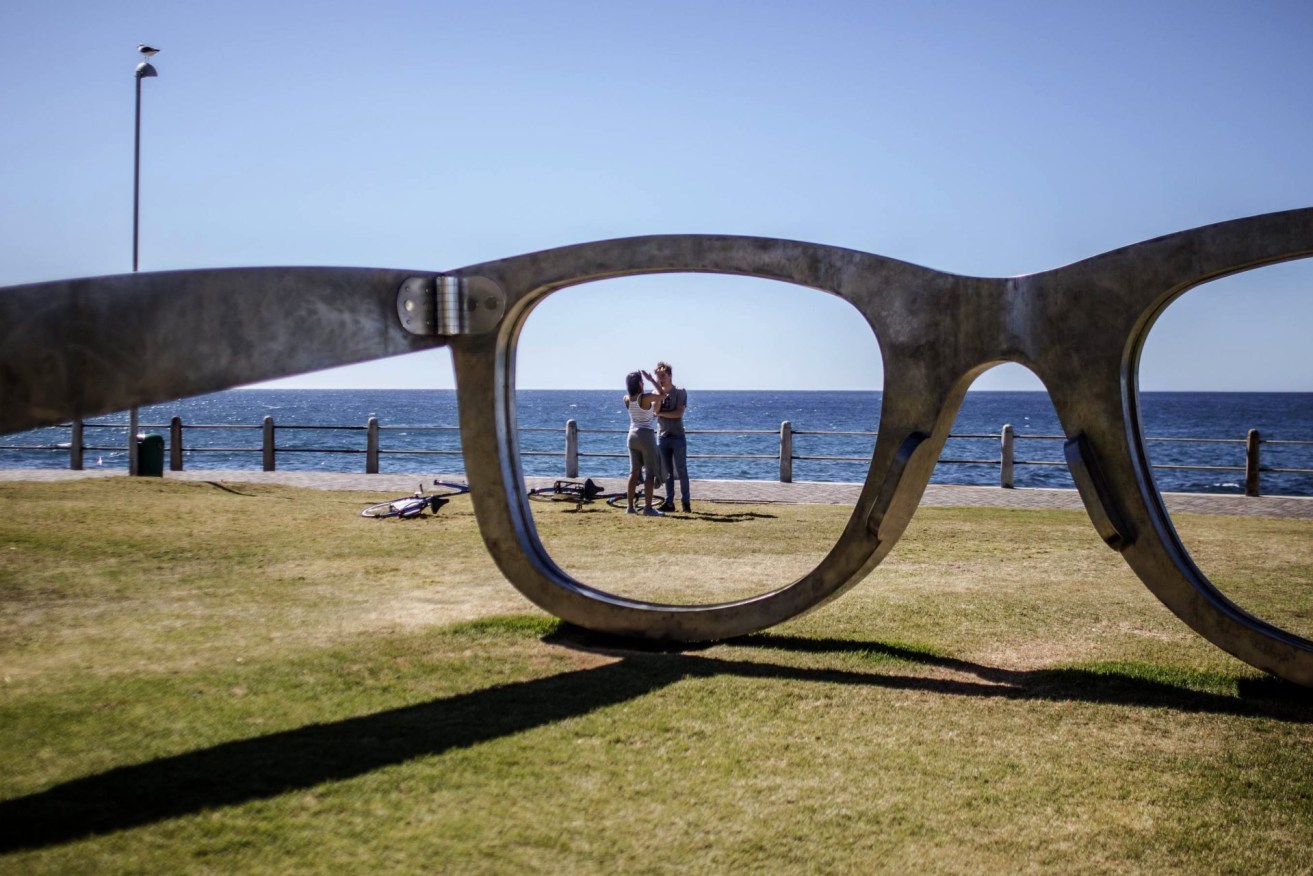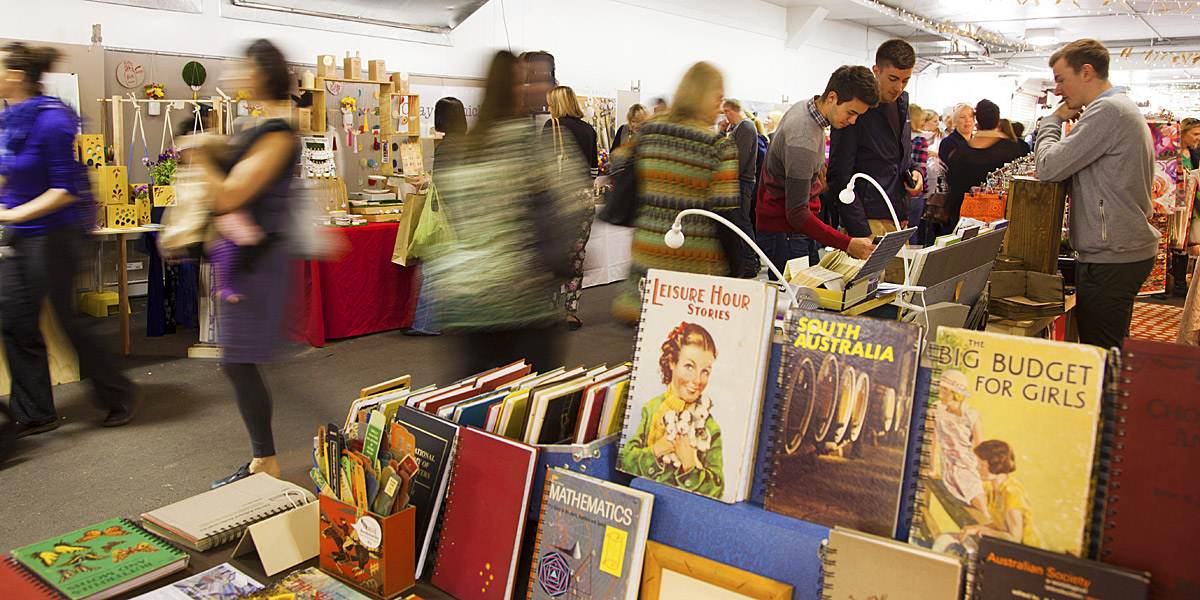Is Adelaide a ‘design city’?

"Perceiving Freedom" by artist Michael Elion, part of Cape Town's World Design Capital entry.
Creative city, vibrant city, networked city, collaborative city, 20-minute city, cycling city, arts city, education city, parkland city, festival city, food and wine city. Design city?
Cities are constantly subject to our desire to establish their unique identity.
Driven by competition, connected to promotional branding campaigns and justified by expectations of economic benefit, the danger is that these quests simply create more of the contemporary ubiquitousness that could characterise any city.
One city promotion competition, run by the international peak body for product designers the International Council of Societies of Industrial Design (ICSID), bestows the designation of World Design Capital (WDC) every two years.
Torino was the inaugural WDC (2008), followed by Seoul (2010), Helsinki (2012) and Cape Town (2014). In 2016, Taipei will carry the WDC honour.
Capital cities bid against each other to be World Design Capital, and ICSID’s panel of product design experts determines a short-list from which the winning city is selected.
Bidding for WDC is an expensive, lengthy and highly competitive undertaking. City consortia chasing the title must demonstrate that they have harnessed the benefits of design to improve the cultural, social and economic life of their city.
Bids are currently open for WDC 2018.
A few years ago, the Integrated Design Commission (IDC) took preliminary steps towards mounting a World Design Capital bid for Adelaide. However, the commission was later dissolved and the bid didn’t progress.
If Adelaide was to reconsider a WDC bid, it would be wise to begin by looking at recent successful and unsuccessful bids.
In 2011, when South Africa’s Cape Town was announced as 2014 WDC at an international assembly of allied design associations in Taipei, the conference hall erupted. South African delegates spontaneously stood and burst into song, with Cape Town Mayor Patricia de Lille among them.
Delegations from the two other short-listed cities, Ireland’s Dublin and Spain’s Bilbao, were devastated. Bilbao and Dublin’s submissions were characterised by each city’s unique design qualities. Tipped as the favourite, Bilbao’s recent legacy of iconic architectural and urban projects created by a host of internationally renowned designers was impossible to ignore.
Adelaide’s design icons are of a different type to Bilbao’s, but they are icons nonetheless. The JamFactory and Bowerbird Bazaar represent Adelaide’s contemporary designer-maker sector.
JamFactory is a unique education, exhibition and retail institution which celebrated its 40th anniversary last year. Established in 2008, Bowerbird Bazaar national design market is a more recent addition to our design calendar, but it has established itself as a well-loved, national design event. Both are iconic, unique entities; evidence of the strength of Adelaide’s multi-disciplinary local design production sector.
Dublin’s bid emphasised that city’s cultural characteristics and its modest-scale, “who said small can’t be great?”, connected, design community. Adelaide boasts similar characteristics. Our tightly networked design sector has a rich history of cooperative, innovative and highly creative design activity.
The 2004 “match” and Xpress multi-disciplinary design competitions, the three national [X]periment design conferences held between 2001 and 2005, and the 2012 SA Design Book publication are significant achievements resulting from collaborative, interdisciplinary cooperation across all design disciplines.
Looking to the near future, Adelaide will host the Asia Pacific Space Designers’ Alliance (APSDA) conference in 2016, another major multi-disciplinary design event that will showcase this city’s design sector to the Asia-Pacific region.
The Bilbao and Dublin bids also highlighted their established track records in design-led development.
By contrast, Cape Town’s winning bid – “Live Design. Transform Life” – was aspirational, based on a deep-seated commitment to a design-led future that would help to socially, economically and environmentally transform the Cape Town community. Youth, education, sustainability, and health and wellbeing were strong sub-themes.
Adelaide’s 5000+ project, led by the (now-defunct) Integrated Design Commission during 2012, is perhaps the most innovative example of Adelaide’s design creativity. Experimental, visionary and unprecedented, 5000+ engaged an enormous number and diversity of citizens to design future possibilities for Adelaide and its people.
Like the previous WDC bid, Adelaide 5000+ ceased with the dissolution of the IDC.
The Adelaide 5000+ experience is, however, interesting in relation to ICSID’s recently developed “10 statements of a design-driven city”.
At first glance, the titles of most statements appear to be a checklist of obvious and generic city qualities: “cities should be user-friendly”, “cities need multi-disciplinary collaboration and know-how”, “design creates better services for citizens”, etc.
But for city and state leaders, senior planning and procurement bureaucrats, and strategic decision-makers unfamiliar with design, they are enlightening.
Each statement reinforces the fact that cities are for people and are only ever experienced at the individual human scale (it’s useful to remember here that ICSID is an organisation of product designers, primarily concerned with human-scale innovation and user responsiveness).
The statements “future services are for citizens, not for cities” and “cities can be developed through experiments” encourage city decision-makers to utilise design to be open-minded and visionary, to test and experiment with new ways of doing things, and to engage the public to visualise better futures.
In essence, a design-driven city is a good city for people. ICSID’s “10 statements of a design-driven city” reflect the objectives and processes of Adelaide 5000+.
If we were to ever consider another Adelaide WDC bid, we would do well to make much of our past design initiatives which have been numerous and, in some cases, unrealised.
Adelaide’s design track-record is not just in the things we have built, or the branded slogans by which we identify our city, but in the ideas we have generated, the futures we have envisioned and the knowledge we have developed through multi-disciplinary, design-led thinking.
Joanne Cys is Associate Professor in Interior Architecture at the University of South Australia. She is co-chair of the Asia Pacific Space Designers Alliance 2016 Conference Organising Committee, a past national president of the Design Institute of Australia and past executive board member of the International Federation of Interior Design/Architecture.
– AFP photo/Gianluigi Guercia





